Discover how to determine the perfect amount of yarn required to crochet or knit a cozy, stylish scarf.
Determining the amount of yarn needed for a scarf primarily depends on the scarf’s length, width, the stitch pattern, and the thickness of the yarn.
On average, a typical scarf (approximately 60 inches long and 8 inches wide) uses around 300 to 450 yards of yarn.
For a thicker, chunkier scarf, you may need up to 600 yards, while a thin, delicate scarf might only require 200 yards.
But remember, these are just average estimates.
The exact yardage can vary based on the factors mentioned earlier.
The rest of this article will delve into those variables in detail, providing a comprehensive guide to help you gauge the exact amount of yarn you’ll need for your specific scarf project.
Key takeaways:
- A typical scarf (60 inches long and 8 inches wide) uses around 300 to 450 yards of yarn.
- Thicker scarves can require up to 600 yards, while thin scarves may only need 200 yards.
- Use the weight or length method to calculate yarn needed accurately.
- Check yarn labels for weight, needle size, length, and gauge information.
- Perform a swatch test to estimate yarn amount and always buy a bit more than needed.
Calculating Yarn Need for Knitting a Scarf
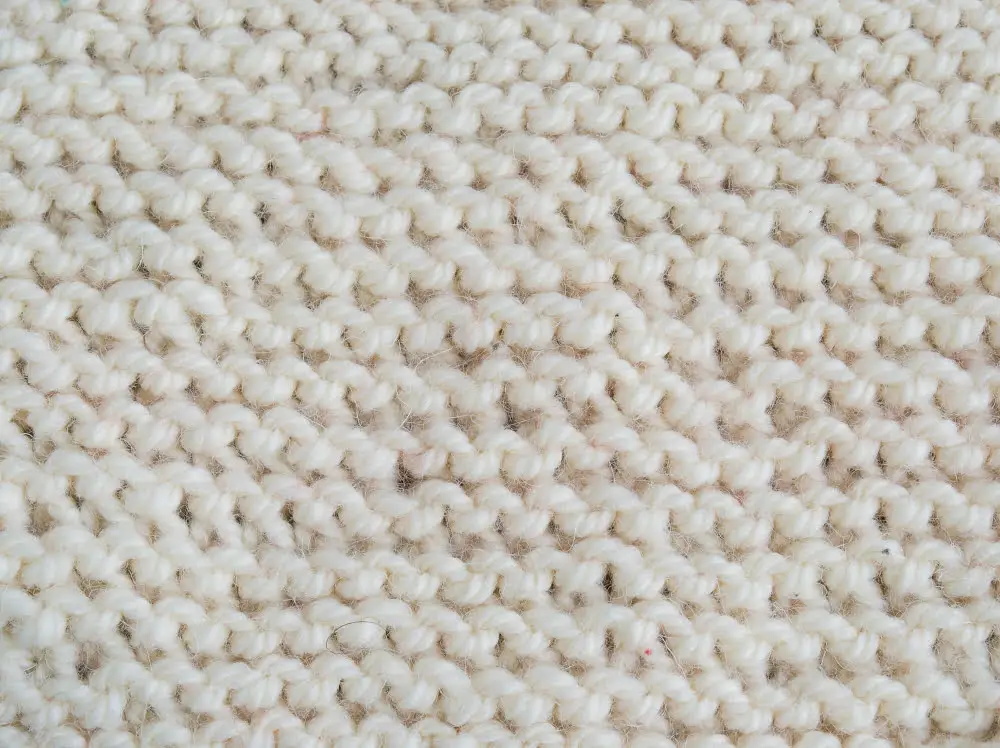
To calculate the amount of yarn needed for your scarf, start with defining the scarf’s dimensions – usual width ranges from 6 to 12 inches, while length can vary between 55 and 70 inches.
Next, consider the type of stitches you’d be working with – simple stitches like garter or stockinette consume less yarn compared to more complex patterns like cable knit or lace.
Lastly, take into account the yarn thickness, commonly known as yarn weight. Thinner yarns or those with lighter weight will need a larger quantity compared to thicker, heavier yarns.
Armed with these parameters – dimensions, stitch type, and yarn weight – you can estimate the total yards of yarn that would be necessary to complete the scarf.
Different Yarn Requirement Methods
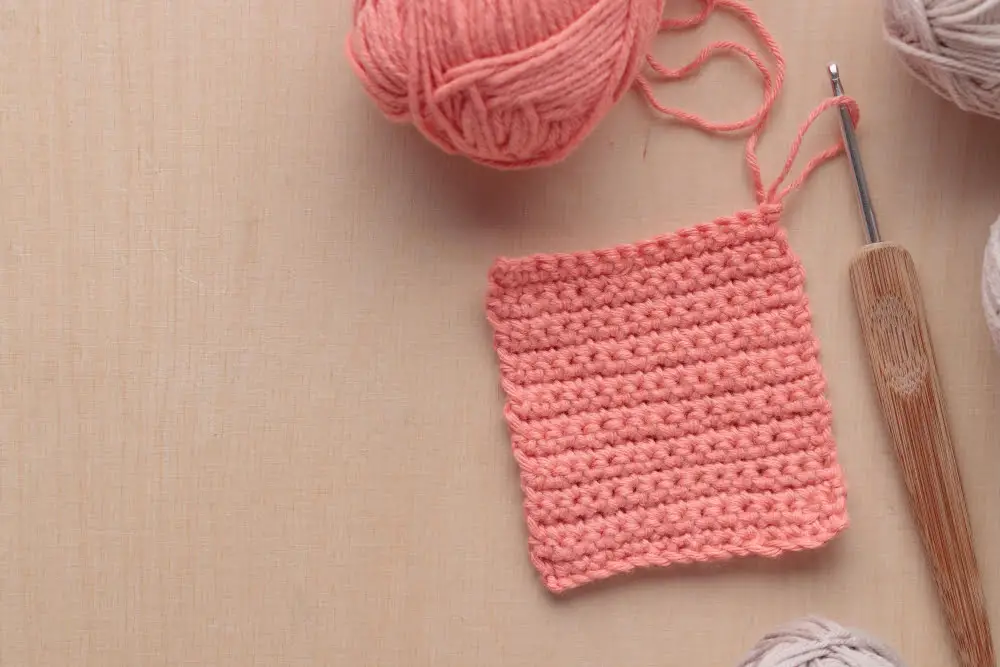
Utilizing the weight method can make calculating yarn quantity more accurate. This involves determining the weight of yarn used in a specific area of your swatch and extrapolating that to your entire project. You’ll, first, knit a small swatch using the pattern and needles intended for the scarf. Weigh it using a precision digital scale, calculate the area, and then determine the yarn weight used per square inch. With a rough estimate of the scarf dimensions, you can gauge the total weight of yarn needed.
Another approach is the length method. Here, you’d knit a small swatch, then unravel it to measure the length of yarn used. Knowing the size of the swatch and the length of yarn used gives a rough estimate of the yarn length per square inch. Apply this estimate to the total area of your intended scarf to determine the required yarn length. Keep in mind, this method can be slightly less accurate as yarn length can vary between brands and types even when the weight is similar.
Remember, both methods leave room for error, considering the differing tension and yarn usage among different knitters. Always buy a little more yarn than required to allow for these variations and possible mistakes.
Looking At the Yarn Label for Guidance
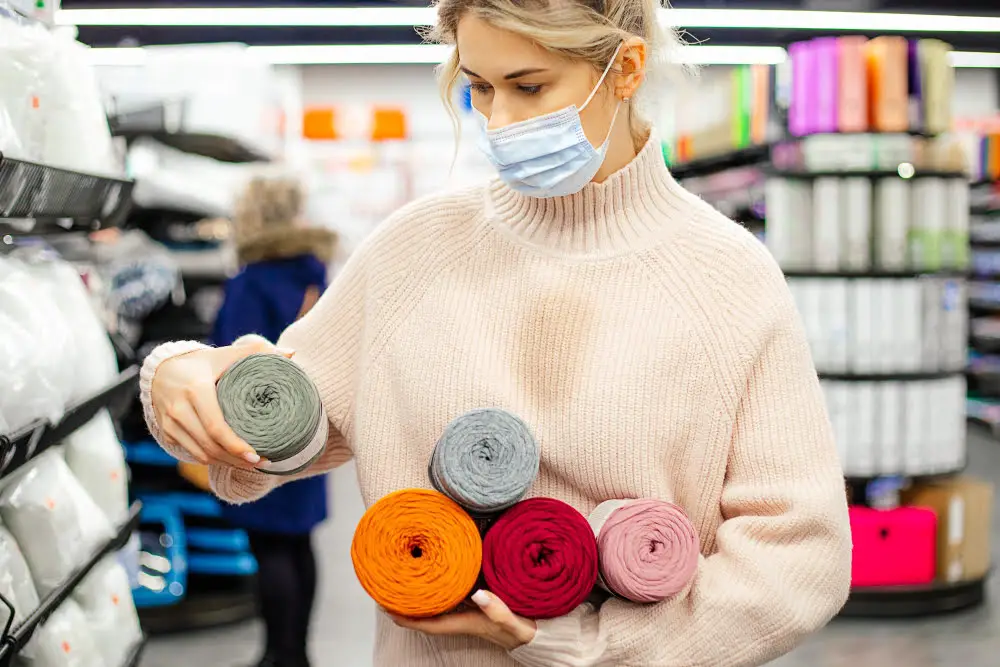
Most yarn labels provide critical information, guiding you on the quantity needed for particular projects. Exploring these details can make a significant difference in your project outcome.
Key information includes yarn weight, which tells you the thickness of the yarn. This data is important in determining how much you will need for a scarf.
Make sure to note the suggested needle size. This recommendation typically ensures that you have the right tools for your particular yarn.
Every label also specifies the yarn’s length, usually in yards or meters. Accompanied by the yarn’s weight in ounces or grams, these details can help you calculate how much you’ll need.
Label guidelines often provide a “gauge” or “tension” measure. This information is represented as a certain number of stitches and rows over a square of 4 inches/10cm. This helps you estimate how many stitches you can get per unit length of yarn.
Lastly, many yarn labels outline the number of yards or meters and the weight of the yarn in ounces or grams. Understanding these measurements provides an distinct idea of yarn availability for a certain weight.
Arming yourself with the knowledge these labels provide can save you resources, time, and help you plan better for your scarf knitting project.
Performing Swatch Test to Determine Yarn Amount
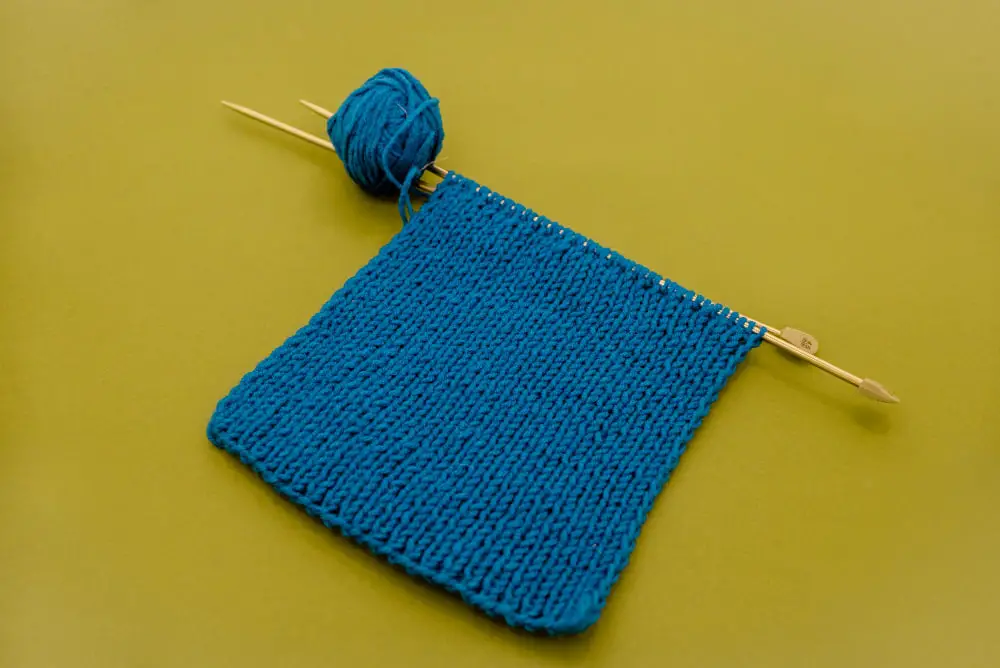
To execute a swatch test, start by knitting a small sample piece (typically a 4×4 inch square) with your chosen yarn and pattern. You’ll need to know your gauge – the number of stitches per inch both horizontally and vertically.
Once the swatch is ready, measure and record how much yarn it took to produce. The easiest way is to detach the swatch, carefully undo it, and measure the length of the used yarn.
After these measurements, extrapolate to estimate the amount of yarn for your scarf, keeping in mind the desired width and length. For instance, if your swatch took 20 yards for a 4×4 inch square, and you want a scarf that’s 8 inches wide and 60 inches long, you’ll need roughly 600 yards of yarn.
An important side note: Always buy a bit more yarn than your calculations suggest. It accounts for any unforeseen errors or adjustments during your project.
This testing process can help streamline your actual knitting process and prevent possible yarn shortage. The complete understanding of your yarn usage supports the successful completion of your project.
Utilizing Yarn Requirement Tables
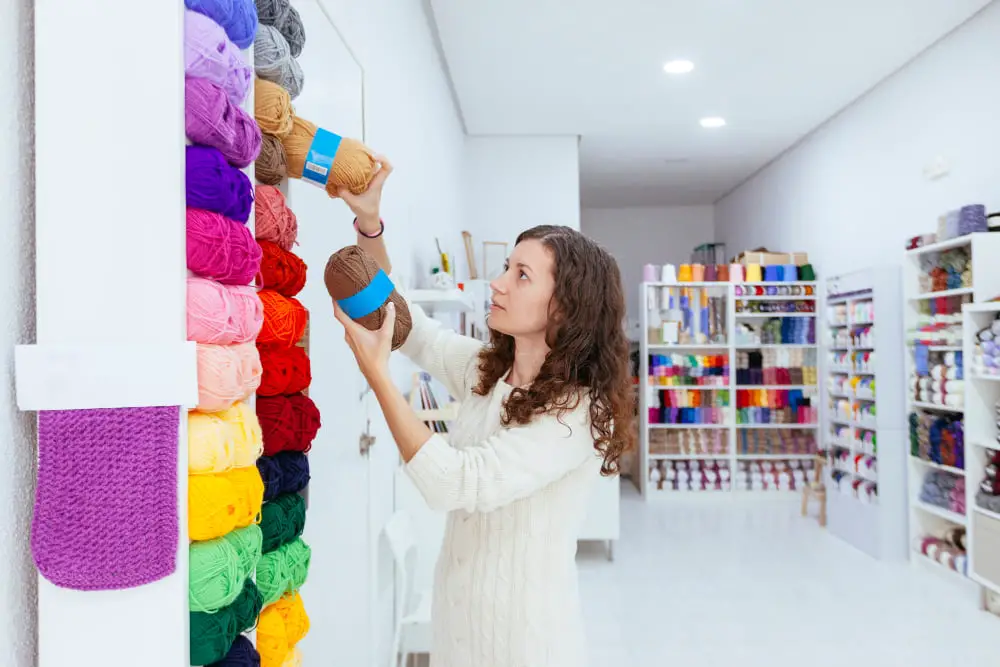
Yarn requirement tables can be a valuable tool in determining how much yarn you need for your scarf. They offer calculated estimates based on the type of yarn, needle size, and project type.
Make use of available online tables specifically designed for yarn projects. These usually list the average yardage for various types of garments, including scarves, considering different yarn thicknesses.
Check for your chosen knitting pattern and yarn on the table. Keep in mind that these are average estimates and each knitter may require more or less depending on personal tension and technique.
Remember to always buy an extra ball of yarn to ensure you don’t run out mid-project. The remaining yarn can be used for other smaller projects.
Use tables as a starting point, and combine them with swatch testing for increased accuracy.
Choosing the Best Yarn for Knitting a Scarf
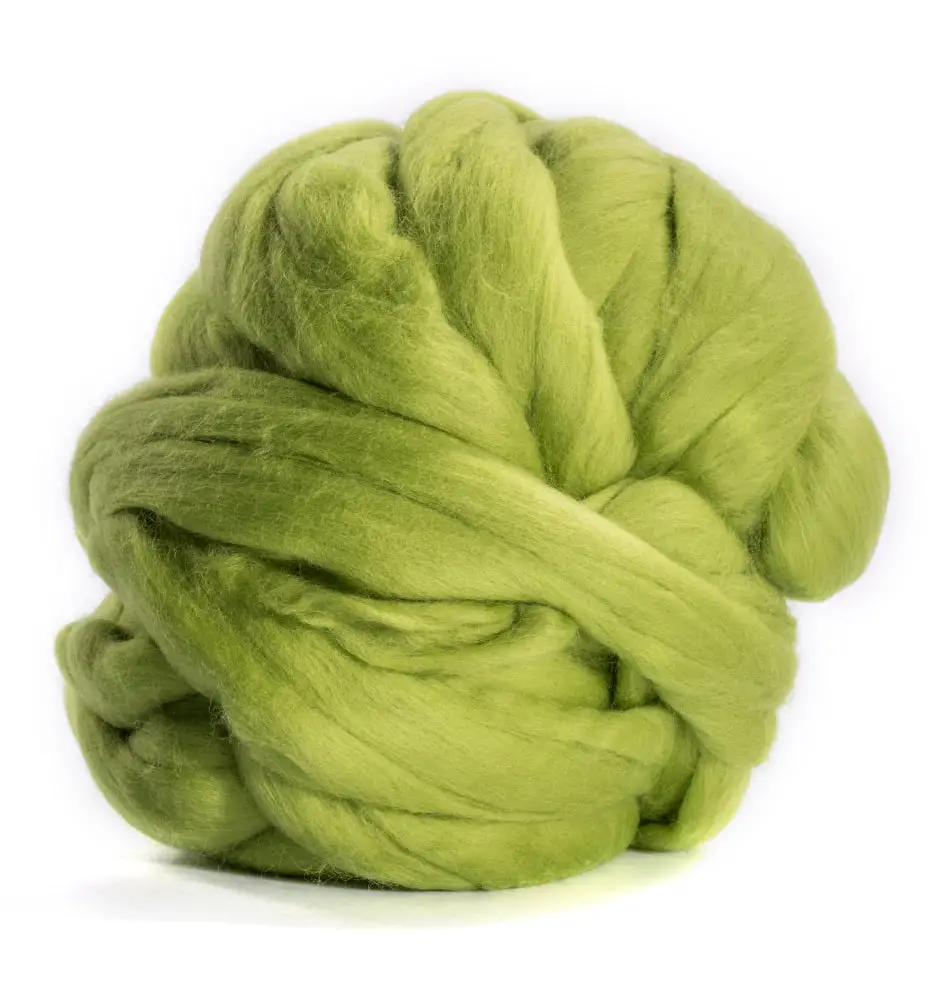
Choosing high-quality yarn is crucial as it directly impacts the feel, look, and longevity of your knitted scarf. The type of yarn you decide to use largely depends on your personal preference, skill level, and the climate where the scarf will be worn:
- Wool is a fantastic choice due to its warmth and durability, making it ideal for winter scarves. However, some people may find it scratchy against the skin, and it requires special care when washing.
- For a softer touch, consider merino wool or cashmere. These yarns provide warmth without the scratchiness but tend to be more expensive.
- Cotton yarn is lightweight and breathable, perfect for a lightweight scarf in warmer climates or for layering during different seasons. It’s machine washable and available in a wide range of colors, but it might not be as warm as wool.
- Acrylic yarns are a budget-friendly alternative. They are easy to care for, come in a multitude of colors and textures, and can mimic the characteristics of many natural fibers.
- Consider the weight of your yarn. Lighter weight yarns (such as fingering or sport) will create a lighter, softer scarf, while heavier weight yarns (such as worsted or bulky) will result in a thick, cozy scarf.
Always remember to consider the care instructions when choosing your yarn, especially if you intend for the scarf to be a gift. Some yarns are machine-washable, while others will need to be hand-washed.
Selecting and Finalizing Knitting Pattern for Your Scarf
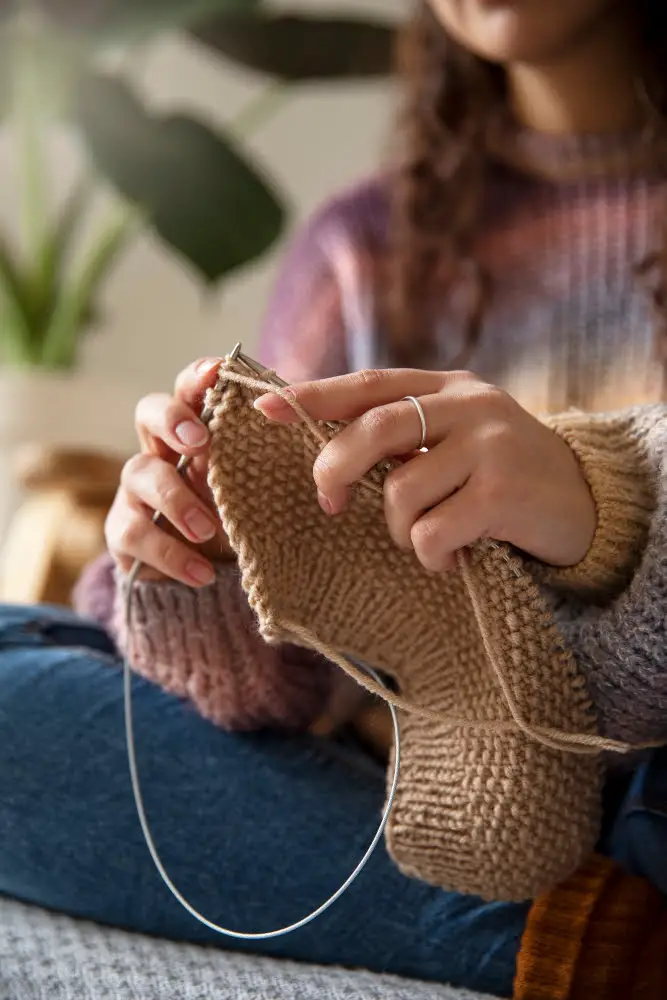
To choose a pattern, consider the desired outcome of textures, stitch clarity, and overall appearance. Remember to take into account your knitting level – simple patterns are best for beginners, while experienced knitters may prefer more complex designs.
Finalizing your pattern requires a few efforts. First, you should look at multiple pattern options and decide based on what appeals to you the most and suits your skill level. Second, consider the length and width of your desired scarf as this will greatly impact the pattern choice. Lastly, remember that different patterns have a different impact on yarn yardage.
Once a knitting pattern is chosen, it’s best to stick with it for the entire project. Changing patterns mid-way can influence yardage requirements and disrupt the aesthetic appearance of the scarf.
A pattern’s complexity can also affect the speed of completion. A simpler stitch may be quicker to knit, resulting in less time to complete the scarf.
In summary, factor in appearance, skill level, dimensions, yarn use, and project timeline when selecting and finalizing your knitting pattern for a scarf.
- Look at different patterns and select one based on your preference and skill level.
- Identify the desired length and width of your scarf to aid in pattern selection.
- Stick with the chosen pattern for the entire project to maintain consistency.
- Take note of the chosen pattern’s knitting speed, as it can affect the project timeline.
FAQ
How many balls of yarn do I need for a scarf?
The number of balls of yarn required for a scarf can range from 1 to 3 depending upon the desired length and the stitch used.
Is one skein of yarn enough for a scarf?
Yes, you can indeed create a scarf with just one skein of yarn, provided that you choose an appropriate pattern.
How does the scarf’s width and length affect the yardage of yarn needed?
The scarf’s width and length directly influence the yardage of yarn required, with larger dimensions necessitating more yarn.
Does the type of stitch used alter the quantity of yarn required for a scarf?
Yes, the type of stitch used can significantly influence the amount of yarn required for a scarf because different stitches have varying thickness and compactness.
What impact does yarn thickness have on the yardage needed for crochet or knit scarves?
The thickness of the yarn directly influences the yardage required for crochet or knit scarves, with thicker yarn needing less yardage due to its bulk and thinner yarn requiring more.
Related Stories
- How Much Yarn to Crochet a Scarf: Quick & Easy Guide
- How Much Yarn to Knit a Scarf: Comprehensive Guide for Knitters
- How Much Yarn for Scarf: Comprehensive Guide and Tips
- How to Calculate Yarn Yardage: Simple Steps for Accurate Measurement
- How Much Yarn to Make a Sweater: Comprehensive Guide and Tips
